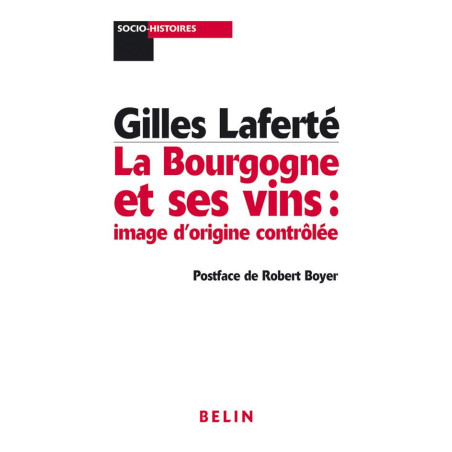



Visa, MasterCard, Amex, Paypal or 3 times, interest-free with Scalapay

0.01€ from 35€ of purchase in France and from 99€ throughout Europe

Delivery in France and around the world at home, at office or in a pickup point

In contrast to the aristocratic image of fine wines developed in Champagne and Bordeaux at the end of the 19th century, large Burgundian wine estate owners initiated a regionalist commercial folklore between the two World Wars to promote their wine as a vintner's wine, an authentic wine, a terroir wine against the wine of the merchant, of the city, artificial.
By shaping this folklore according to their interests, the owners drew on a canonical element of the cultural, touristic, and official repertoire of modern and republican national construction under the Third Republic. The marketing turnaround of luxury wines must be understood in the political and legal conflict that owners and merchants engage in on the wine market for the appropriation of added value, the latter torn between the origin of the grape or the brand as the primary criterion for the quality of wines.
This book invites us to a true historical investigation into the modernizing elites of the Third Republic. The owners and merchant owners of Meursault and Nuits-Saint-Georges, forging unprecedented alliances with political, academic, erudite, and industrial elites around cultural and economic regionalism, succeed in undoing this market hierarchy by politically and culturally appropriating its control.
This model of traditionalist marketing then sets the tone at the Liberation to encompass the entire luxury food economy: a good product must be terroir-based, traditional. It is only very recently that this traditional trajectory of French quality has faded under the pressure of international competition spreading an alternative, more technological model around the notion of grape variety rather than origin.
Data sheet
